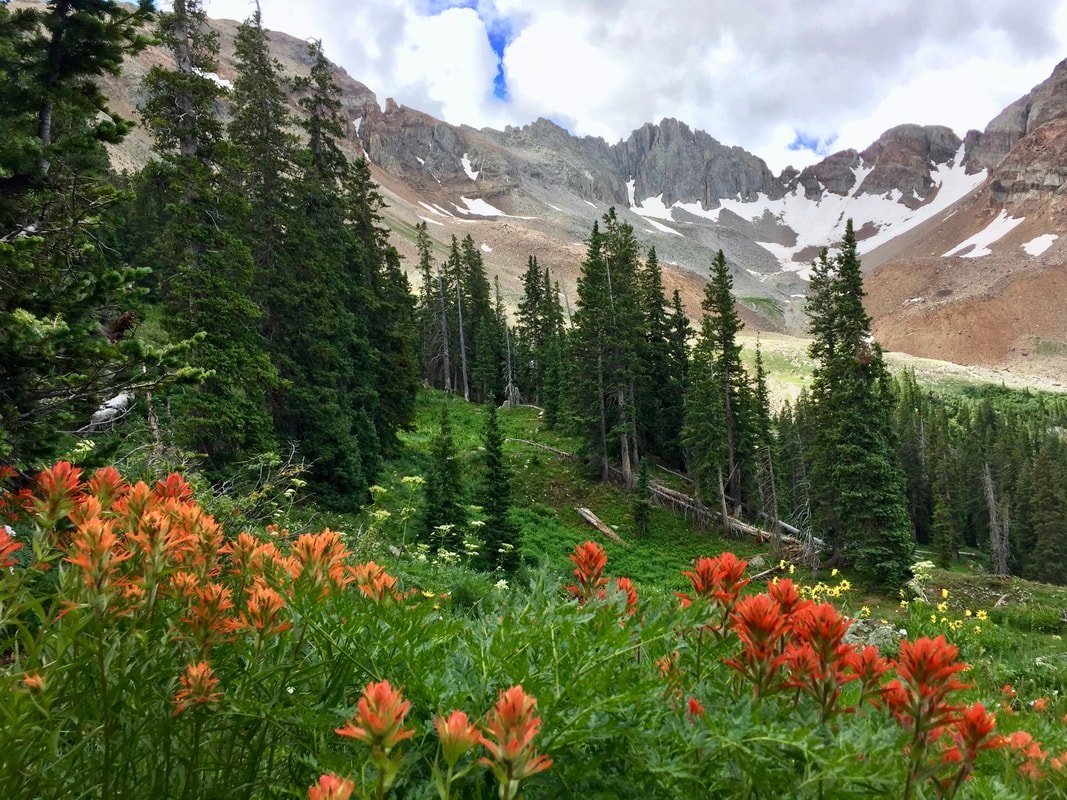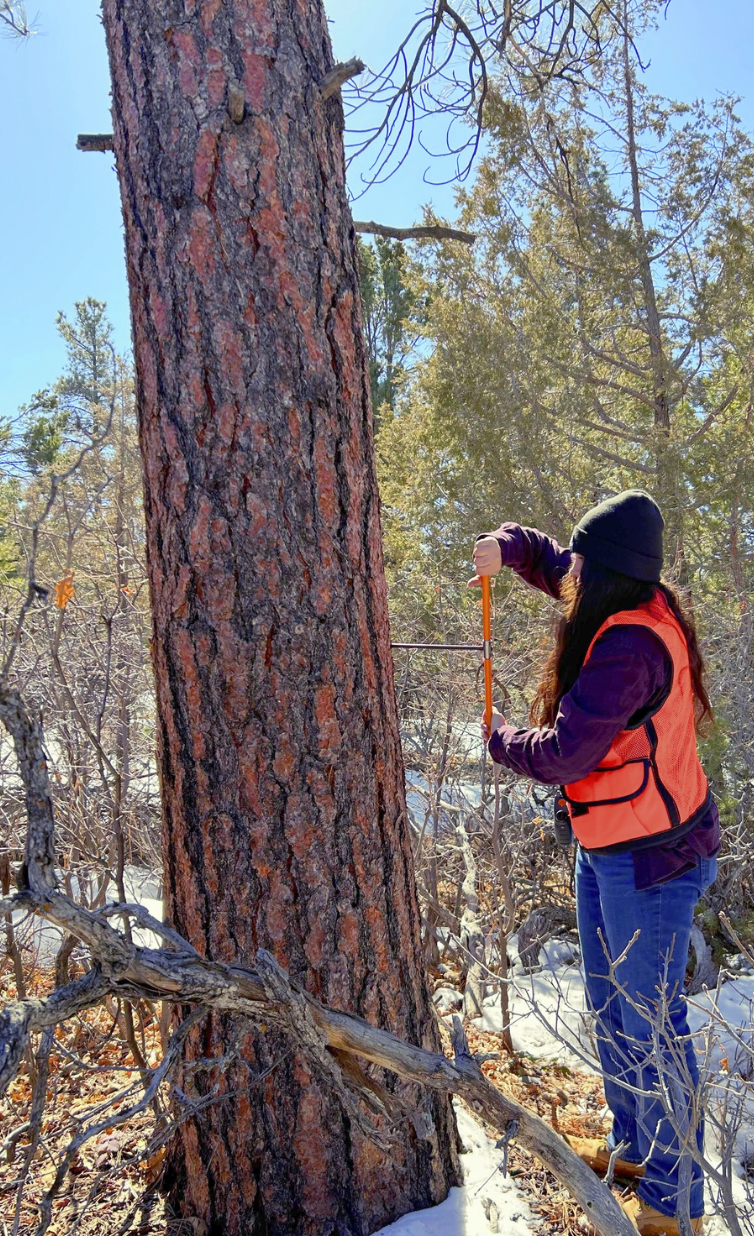
Forestry Program
Providing cost-share for wildfire mitigation & forest health
Why We Do Wildfire Mitigation
Due to wildfire suppression and other management legacies, current forest conditions do not reflect those that existed historically. Today, tree densities are significantly higher and species composition has shifted, leading to a loss of complexity and variation.
As a result, forest landscapes are more vulnerable to extreme wildfire conditions and disease. Loss of variety also hinders the ecosystems ability to support healthy plant and wildlife habitat and clean water.
By implementing Forest Restoration plans - which often includes prescribed burning and/or thinning trees and shrubs - we can reduce fuel loads and help our forests return to a more resilient and diverse state.
Sustaining Healthy, Resilient Forests
Wildfire is inevitable, but we can reduce its severity by adapting forest conditions through selective thinning and other mechanical treatments, which reduce wildfire risk and create more resilient forests. Professional forestry contractors with heavy equipment are necessary to safely and efficiently cut and remove the number of trees needed to have a meaningful impact on the forest.
Our Forestry Program
MCD primarily works with private landowners to implement forest restoration projects on mid- to large-sized acreages (15-34 acres and 35+) in Montezuma County. We provide grant-funded cost-share opportunities to make forest restoration accessible to all. To further simplify the process on your end, our Forestry team will also manage logistics, including:
Contracting: securing an operator that suits the landscape and your priorities
Management Plan: writing a plan specific to the landscape, ecosystem needs, and your desired future conditions
Quality assurance: Seeing the project through from beginning to end, ensuring work is implemented according to the management plan
Pre- and post-monitoring: conducting monitoring to evaluate forest conditions
Combined Efforts
Treatment areas may consist of a single property or multiple, if neighbors are able to collaborate. Combining multiple parcels is an excellent way to make a bigger impact:
Benefits to wildlife and native plants increase as the project size increases
Larger projects provide greater opportunity (although no guarantees) for fire managers to take action within the mitigated area when fire occurs.
Larger mitigation projects result in larger areas of reduced fuel for a future wildfire.
Economy of scale: The more acres a contractor treats, the lower the per acre cost.
The Mancos Conservation District also works with cross-boundary partners, including Tribal and Public Lands, to coordinate Forest Restoration treatments at a landscape scale.
A History of Fire
Forest in Southwest Colorado, particularly Ponderosa Pine forests are fire adapted ecosystems.
Historically, low-severity fires were a common and natural occurrence in low elevation Ponderosa Pin. These frequent fire regimes would thin understory vegetation, reducing ladder fuels and creating more space between existing tree groups and individuals.
Fire is still a natural part of these ecosystems, but suppression over the last one hundred years has greatly contributed to current forest conditions - far more trees exist in today’s low elevation Western forests than did prior to Euro-American settlement in the West. This has led to more frequent and higher severity fires.
Timeline
Projects take 1-3 years from start to finish, from the first communications between the Landowner and MCD until the project is complete and the forestry contractor has left the property.
Each new project begins with a conversation about your wildfire concerns and the desired future conditions of your property. If you are interested in moving forward with work on the ground, our Forestry team will conduct a rapid assessment to determine the proper mitigation route. From there, we will enter into the planning phase, which includes, monitoring, developing the management plan, and contracting the work.
What Affects Timeline?
MCD Workload: MCD may have a backlog of landowners requesting our assistance. Depending on the scope of a project, it could take MCD 3-6 months before we can begin the Planning Phase of a new project.
Funding: If a project requires searching for additional funding, this will extend the planning process. Plan on at least 6-12 months before hearing the results of any grant funding that has been applied for.
Contractor Availability: Forestry contractors are currently in high demand and short supply. Furthermore, they differ in the size and type of forestry projects they are capable of handling and willing to undertake. Thus, the ideal contractor for your project may not be available for 6-18 months.
Come Work With Us!
If you are interested in wildfire mitigation or wish to learn more about the process, the Mancos Conservation District Forestry Coordinator would be happy to chat with you!
Tara Harris
tara@mancoscd.org
970-880-4474



